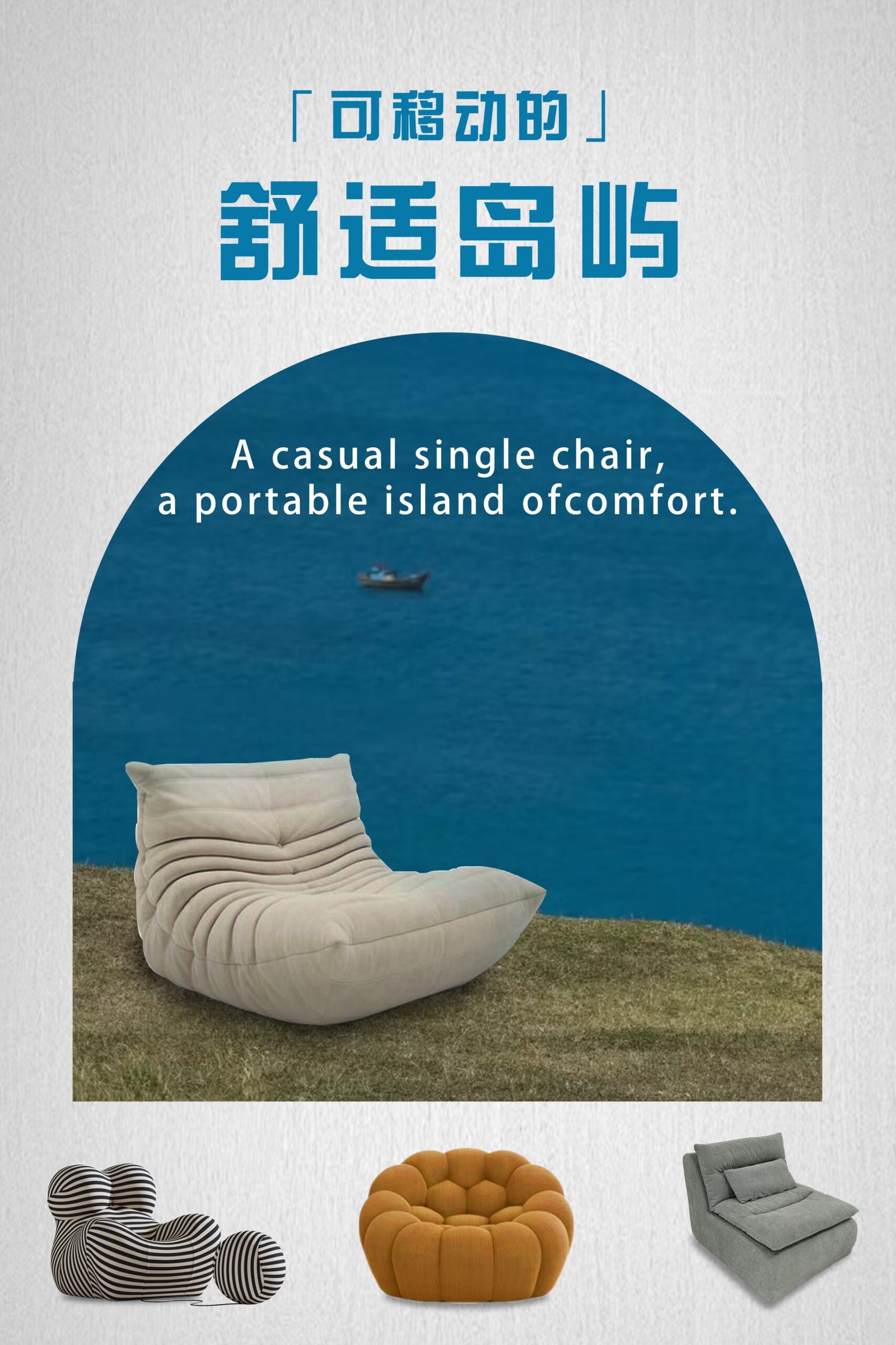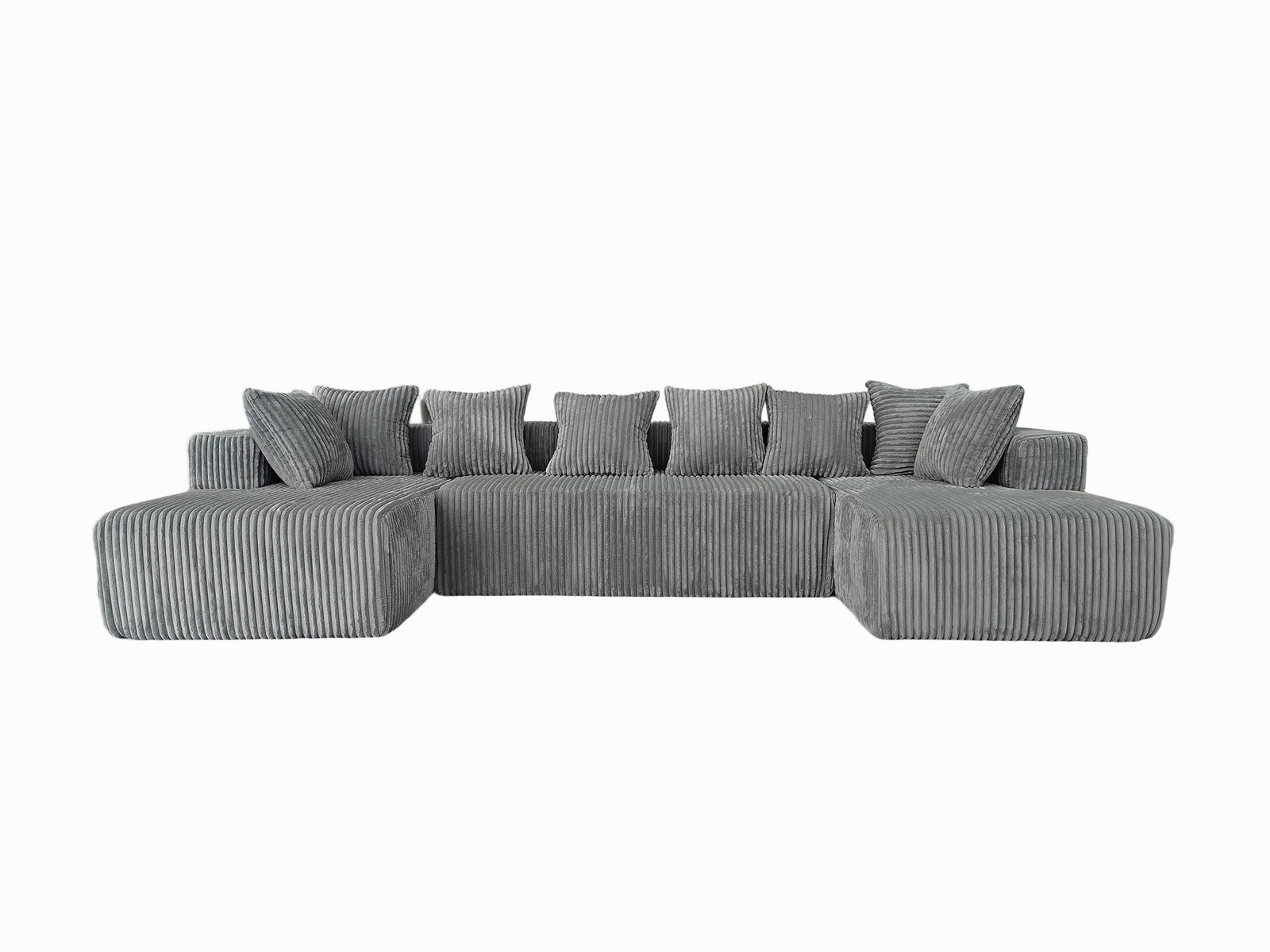
Compression sofas are space-saving, easy to ship, and made for today’s fast-moving lifestyle. But even the best product needs a smart marketing plan to win attention in a crowded market.
The marketing method for compression sofas is a multi-channel, data-driven approach that combines brand positioning, digital outreach, content creation, and offline partnerships to target space-conscious and mobile customers.
Let’s break down how to turn this innovative product into a household name.
Who is the ideal buyer for a compression sofa?

To market well, I first identify who actually needs a compression sofa.
Here’s a breakdown of our top audience segments:
| Segment | Key Traits | Marketing Hook |
|---|---|---|
| Urban Dwellers | Small apartments, limited space | “Big comfort in small spaces” |
| College Students | Temporary housing, limited budget | “Move it, pack it, love it” |
| E-Commerce Buyers | Prefer fast shipping, online purchases | “Ships fast, assembles easy” |
| Resellers & Stores | Need efficient shipping and storage | “Save on space, boost your margin” |
Understanding their needs helps us create messages that stick.
What makes a compression sofa special?
It’s not just a couch—it’s a solution. Here are the unique selling points (USPs) I use in our campaigns:
-
✅ Compression = Logistics Win
Ships in a compact box = lower freight costs. -
✅ Easy Assembly
No tools? No problem. -
✅ Modern Style + Comfort
Compact doesn’t mean compromise. -
✅ Eco-Friendly Packaging
Sustainable and smart.
I feature these USPs clearly in product listings, ads, and packaging.
How do I position the brand?
To build brand trust, I align all messages around one key promise:
“HSM Compression Sofas: Designed for modern homes and modern lives.”
This brand positioning guides:
- Visuals: minimal, space-conscious interiors
- Copy: simple language, benefit-driven statements
- Targeted claims: “More seating. Less bulk.” or “From box to comfort in 15 minutes.”
I use this message consistently on all platforms.
Where do I market it?

📱 Online Channels:
- Amazon/Alibaba/Etsy: Product listings with reviews and high-quality photos
- TikTok & Instagram: Transformation videos and home tours
- Google Ads + SEO: Keywords like “small space sofa”, “easy to ship couch”
- YouTube: Short setup videos, testimonials
🛋️ Offline Channels:
- Furniture expos or home shows
- Retail stores with “compressed furniture zones”
- Print catalogs for resellers
Using both gives me reach and credibility.
What content do I create?
Content = conversation. And that’s how you sell.
Here’s our content plan:
Blog/Website:
- “How to choose a sofa for small spaces”
- “Compressed sofas vs traditional sofas: pros and cons”
- “Our 10-minute assembly challenge”
Social Media:
- Sofa unboxing reels
- Behind-the-scenes factory clips
- Customer reviews as stories and posts
Email:
- New arrivals
- Assembly tips
- Promotions tied to events (Black Friday, Moving Season)
Helpful content creates brand fans, not just one-time buyers.
How do I build trust and repeat sales?
Marketing is about getting attention. Trust keeps the sale.
Here’s what I use:
- ⭐ Verified reviews on all major platforms
- 📦 Packaging with return policy clearly printed
- 📞 Active WhatsApp/WeChat support line
- 📹 Real customer photo campaigns (“Your sofa, your story”)
I also run occasional influencer campaigns and offer referral codes for loyalty.
How do I track and improve the marketing?
Everything I do is measured.
| Tool | Use Case |
|---|---|
| Google Analytics | Website traffic, keyword tracking |
| Facebook Pixel | Ad conversion tracking |
| CRM System | Email open rates, sales cycles |
| Survey Tools | Post-purchase feedback |
I test:
- Different thumbnails on listings
- CTA language like “Shop Now” vs “View Sizes”
- A/B pricing models (round vs odd numbers)
Then I double down on what works.
Conclusion
Marketing compression sofas is about matching smart design with smart storytelling. When I show how this product fits into modern life—with visuals, content, and real benefits—it stops being “just a sofa” and becomes the solution people didn’t know they needed.
Space is tight. Time is tight. Let’s market a product that solves both.